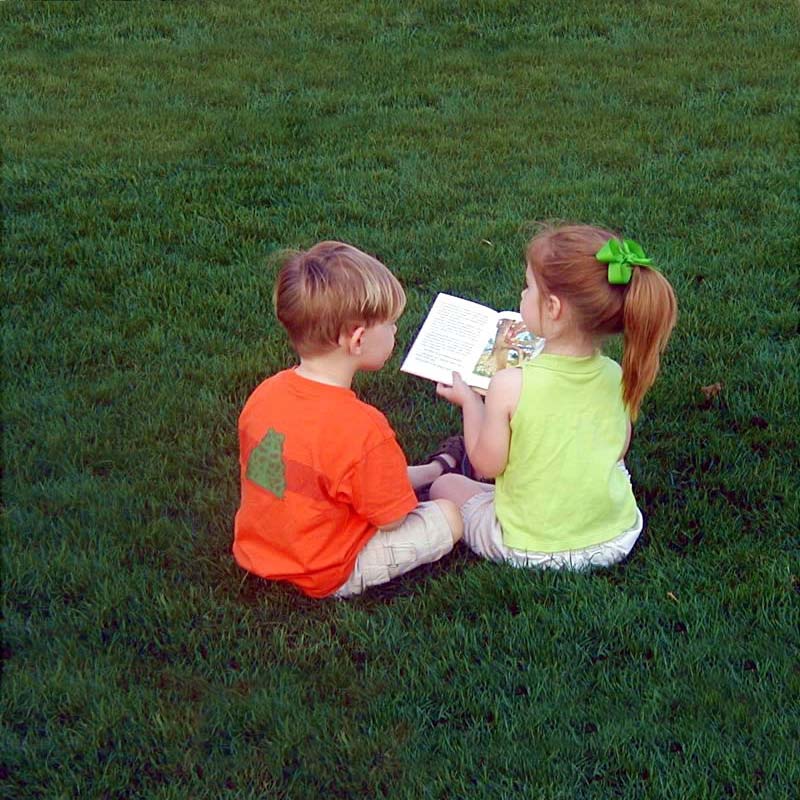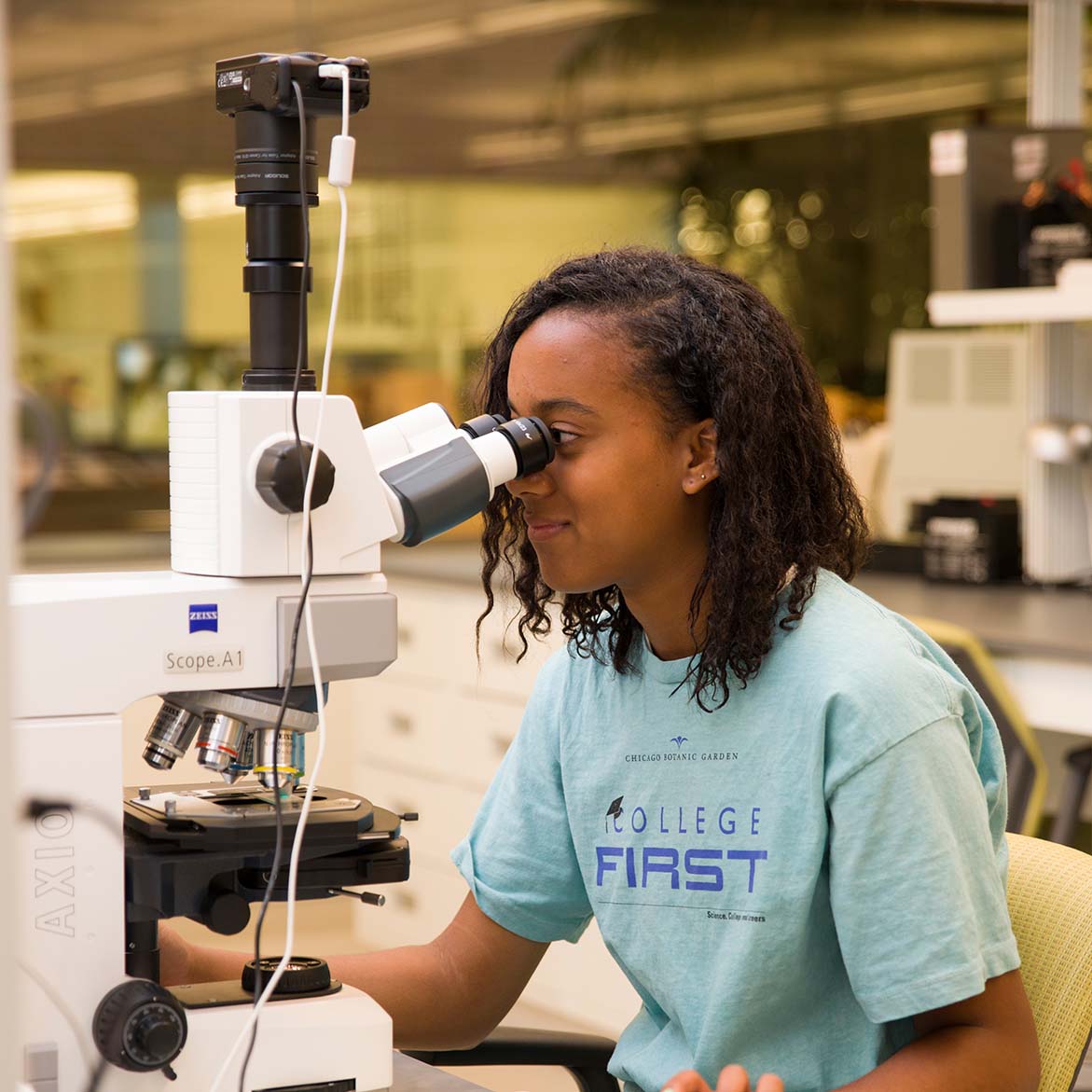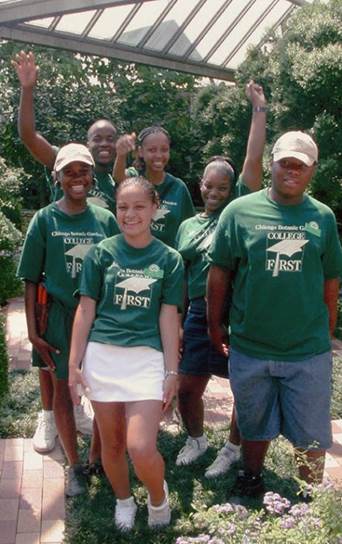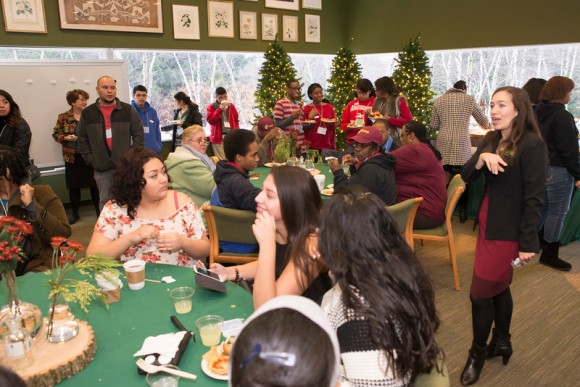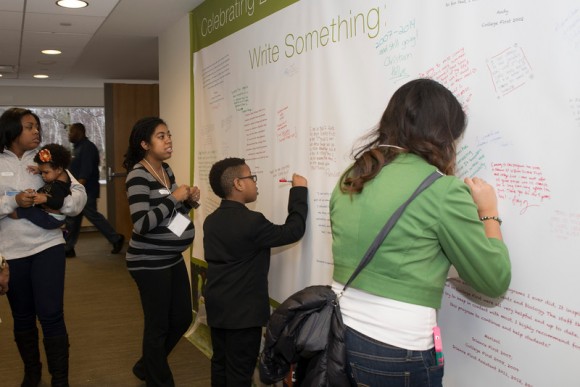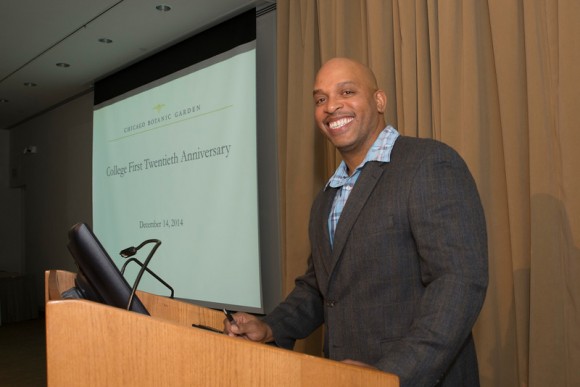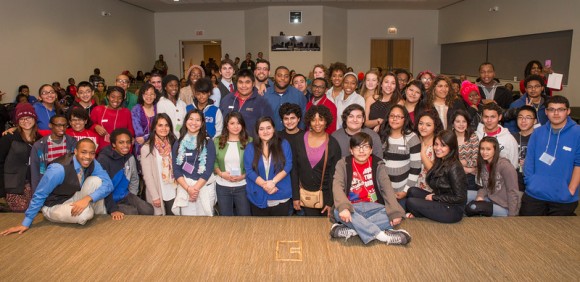Read, play, earn prizes! Kids of all ages are welcome to participate in the Lenhardt Library’s summer reading program at the Chicago Botanic Garden. The Summer Nature Explorer: Reading and Activity Program begins on June 4 and runs through September 5.
With the program, you can encourage the joy of reading and literacy skills in your kids and help reluctant readers enjoy STEM (science, technology, engineering, and math) activities to develop critical thinking skills.
Research has shown that reading 20 minutes per day (or 300 minutes per summer) reduces the “summer slide” and enables students to maintain their reading level during summer vacation.
Here’s how the program works:
- Sign up at the Lenhardt Library and receive your Summer Nature Explore: Reading and Activity Log.
- Read a book to get a stamp.
- Play at Family Drop-In Activities sites to get a stamp.
- Earn 5 stamps: Get a prize at the Lenhardt Library.
- Earn 10 stamps: Get a prize at the Lenhardt Library.
- Earn 15 stamps: Get a prize at the Lenhardt Library.
- Earn 20 (or more) stamps: Get a certificate of completion and a big prize at the Lenhardt Library.
Here are a few books in the Lenhardt Library’s children’s corner to pique your interest. (Books with yellow dot are for younger readers, while those with blue star are for more advanced readers.)
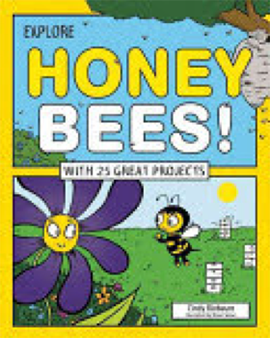
Blobaum, Cindy. Explore Honey Bees! White River Junction, VT: Nomad Press, 2015.
Amazing honey bees have been pollinating our world for thousands of years. With descriptions and activities, this book covers it all.
Call Number: QL568.A6B56 2015 ![]()
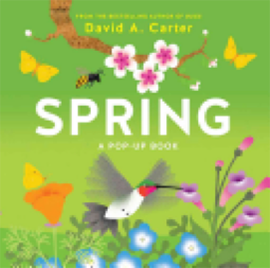
Carter, David A. Spring: A Pop-Up Book. New York, NY: Abrams Appleseed, 2016.
A bright and colorful pop-up book of flowers, trees, birds, and bugs that delights!
Call number: QH81.C37 2016 ![]()
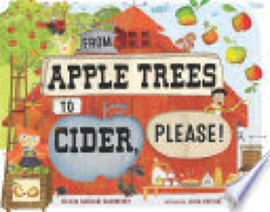
Chernesky, Felicia Sanzari, and Julia Patton. From Apple Trees to Cider, Please! Chicago, Illinois: Albert Whitman & Company, 2015.
From apple varieties on their trees to the cider press, this family’s rhyming visit to an orchard is great fun to read.
Call number: PZ8.3.C42Fr 2015 ![]()
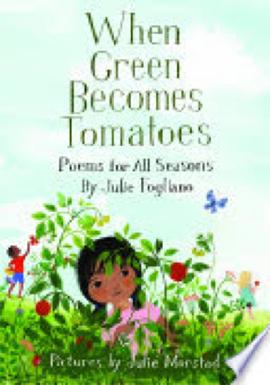
Fogliano, Julie, and Julie Morstad. When Green Becomes Tomatoes. New York: Roaring Brook Press, 2016.
Poems for each season with lovely illustrations to accompany the journey.
Call number: PS3606.O4225A6 2016 ![]()

Leedy, Loreen, and Andrew Schuerger. Amazing Plant Powers: How Plants Fly, Fight, Hide, Hunt, & Change the World. New York: Holiday House, 2015.
Spike E. Prickles, the superhero plant, teaches all about plant life in a whimsical way.
Call number: QK49.L44 2015 ![]()
©2016 Chicago Botanic Garden and my.chicagobotanic.org

